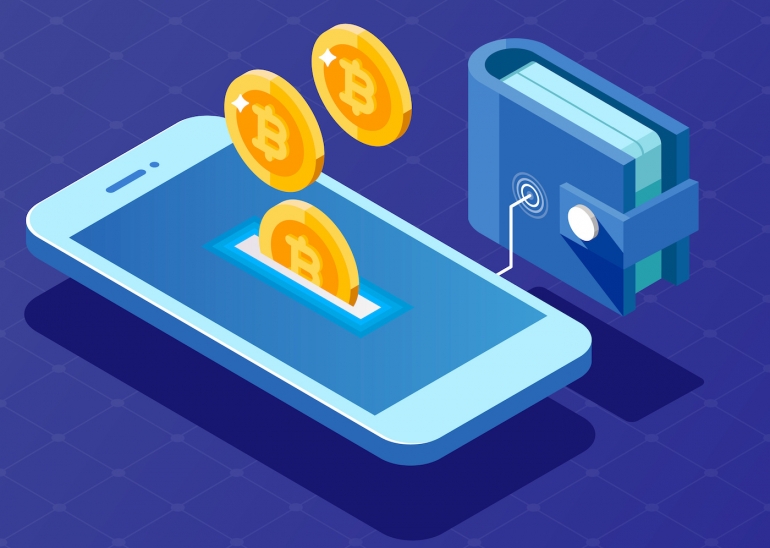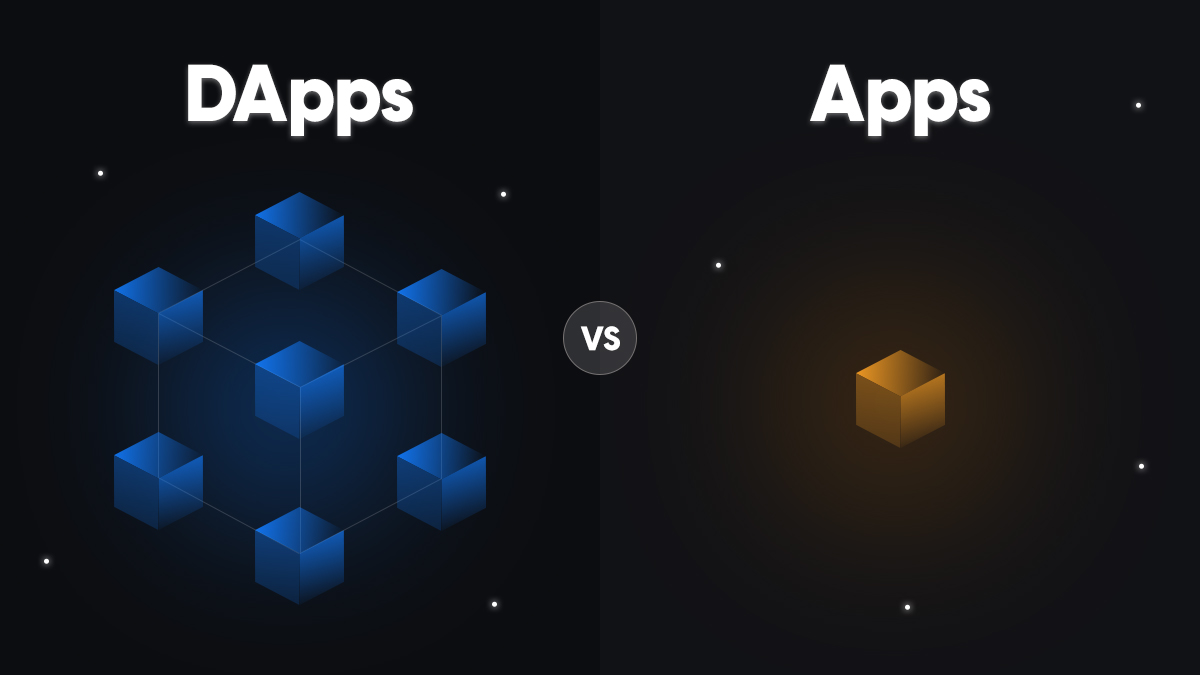Think your crypto wallet is just an app? Think again. Protect your assets with vital steps most users neglect. Here’s what you absolutely must know.
So, you’re wondering how to get a crypto wallet. It’s not rocket science, but plenty of folks treat it like the nuclear launch codes. Whether you want to stash Bitcoin, Ethereum, or some obscure altcoin, a crypto wallet is your entry ticket into the blockchain world. Let’s cut through the noise and get straight to the point.
First off, a crypto wallet isn’t some flashy digital bank account. It’s software or hardware that lets you store your private keys — those are the secret codes that prove you own your crypto. Without them, you’re just hoping to convince the blockchain gods you’re legit. Spoiler: they don’t negotiate.
Step 1: Pick Your Wallet Type
Not all wallets are created equal. You’ve got options:
- Software wallets: Apps on your phone or computer. Examples include MetaMask and Trust Wallet.
- Hardware wallets: Physical devices like Ledger or Trezor that keep your keys offline.
- Web wallets: Online services like Coinbase Wallet, although these often involve trusting third parties with your keys.
Chainalysis, a blockchain analytics authority, highlights that picking a wallet depends on your security needs versus convenience. If you want to brag about your crypto skills at parties, software wallets are quick to set up. But if you’re serious about not losing your assets, hardware wallets take the cake for security.
Step 2: Download and Install
Once you’ve decided, head over to the official website or the app store. Trust me—this isn’t the time to click suspicious links or download from random sites. If you do, your funds might vanish faster than your Wi-Fi signal in a storm.
For software wallets, just install and open the app. Hardware wallets will require you to connect the device to your computer and follow the setup instructions.
Step 3: Secure Your Seed Phrase
Here comes the part many ignore at their own peril: the seed phrase. It’s also called the recovery phrase — a list of 12 or 24 random words that can restore your wallet if you lose access. Think of it as the master key to your digital vault.
“The seed phrase is your lifeline in case of device failure, loss, or theft. Never share it, and never store it digitally where hackers can reach it.”
Write these words down on paper. Store them somewhere safe and offline. If you’re thinking about taking a screenshot or saving them on cloud storage, stop right there. That’s exactly how crypto crooks strike gold.
Step 4: Make Your First On-Chain Transaction
Now that you have your wallet set up, it’s time to take it for a spin. To receive crypto, copy your public address — that long string of letters and numbers that acts like an email address for funds. Share it with friends or exchanges to get crypto sent to your wallet.
Sending crypto out is a bit trickier. Enter the recipient’s address carefully, double-check it, then specify the amount. You’ll also need to pay a transaction fee, known as a gas fee, which varies depending on the blockchain network’s congestion.
For blockchain newbies, don’t laugh at the fees yet. As Vitalik Buterin, co-founder of Ethereum, once implied, these fees are part of the system’s soul—pay your dues or don’t play the game.
Final Notes on Safety
Remember, no one’s coming to bail you out if you screw this up. Unlike banks, there’s no customer service wizard waiting to refund lost crypto due to forgotten passwords or leaked seed phrases. This is truly “be your own bank” or face the consequences.
Blockchains are designed to be trustless and irreversible. The flip side? Mistakes burn money, and scams are unfortunately common. So, only use trusted wallets recommended by respected sources like CoinDesk or Binance Academy.
To recap, the main points to remember when learning how to get a crypto wallet are:
- Choose a wallet based on your needs—hardware for security, software for convenience.
- Download only from official sources.
- Keep your seed phrase offline and private.
- Double-check addresses before transactions.
Following these steps won’t turn you into a crypto millionaire overnight, but they’ll keep your digital coins safe from the abyss of lost passwords and hacks.
Trying to get your first crypto wallet? Visit https://chainfocus.org/how-to-get-a-crypto-wallet/ for a straightforward guide that walks you through all these steps and then some.





